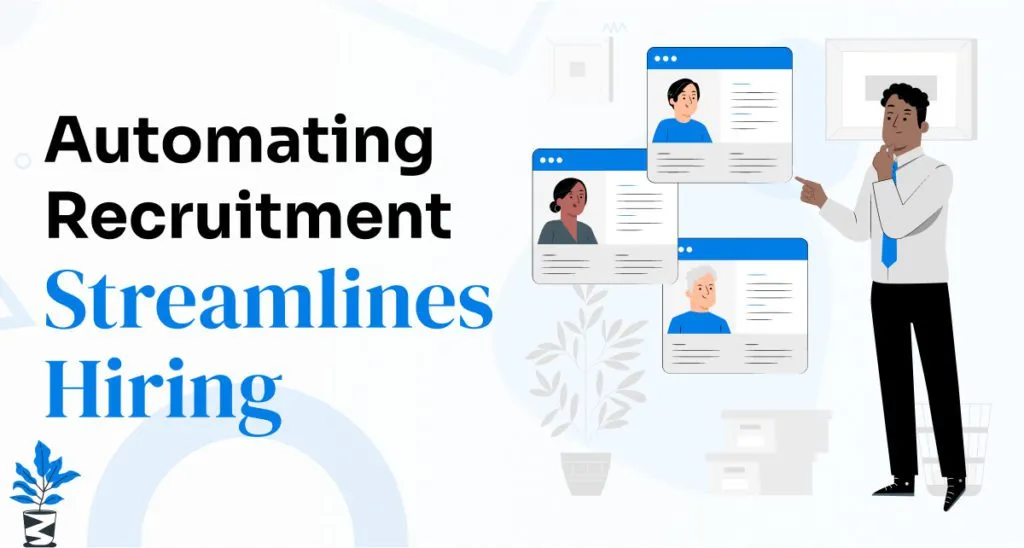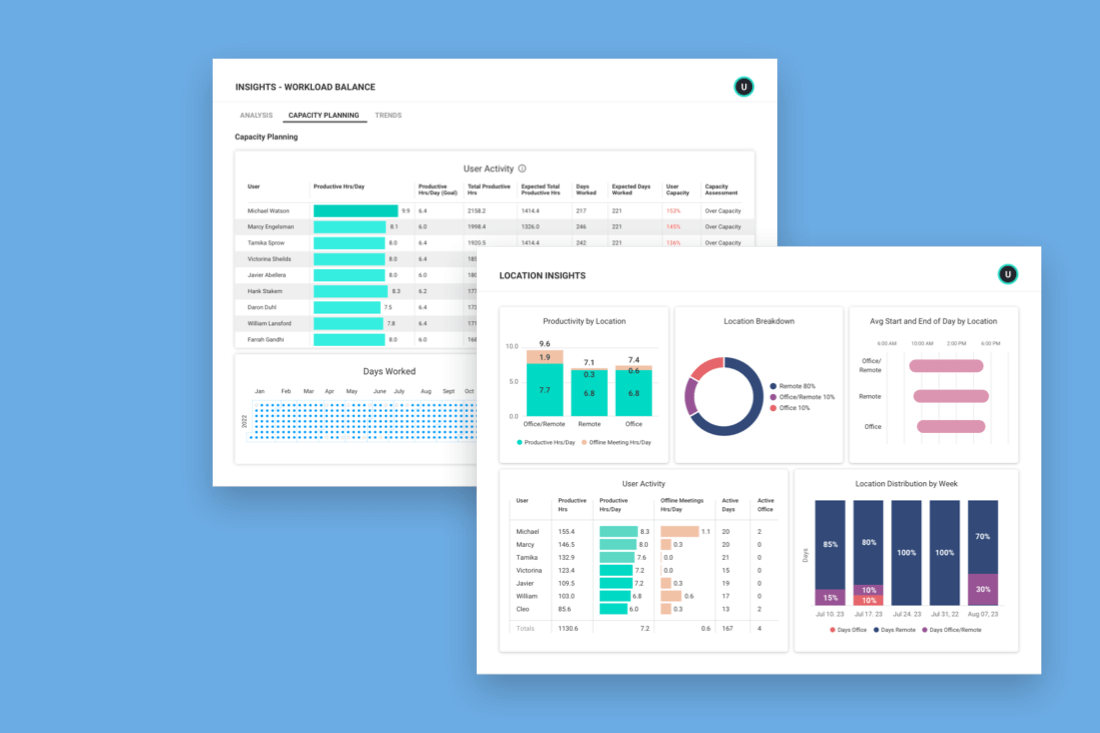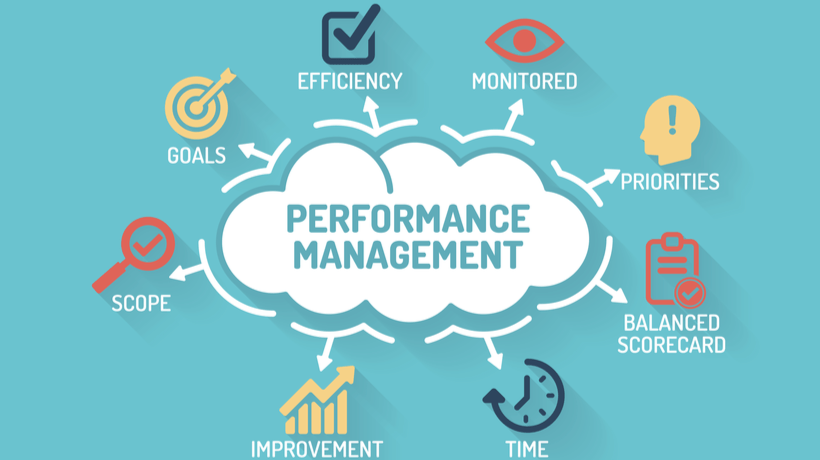APIs once belonged exclusively to seasoned developers who spoke fluent REST and JSON. Today, low-code platforms are changing the game—turning complex integration into a visual exercise of clicks and connectors. Analysts forecast that 70 % of new digital initiatives will embed a low-code API layer by 2027, accelerating time-to-market by up to 50 % . In this feature, we dig deep into what a low-code API is, why you should care, and how to sidestep common pitfalls while reaping game-changing benefits.
“Think of low-code APIs as industrial-grade Lego blocks,” says Tamer Badr, owner of Singleclic. “You snap them together, and suddenly data flows where it never could—without a six-month backlog.”
What Exactly Is a Low-Code API?
A low-code API is an integration endpoint (REST, GraphQL, or event-driven) that is designed, generated, and managed through a drag-and-drop interface rather than traditional code. Platforms such as Microsoft Power Platform, Mendix, OutSystems, and Google Apigee X offer wizards for:
- Schema Discovery – Visual mapping of tables or SaaS objects.
- Policy Design – Security, throttling, and caching without XML gymnastics.
- Endpoint Generation – One-click publish to cloud or on-premise gateways.
- Monitoring/Dashboarding – Built-in analytics on latency and call volume.
Low-code APIs empower business technologists and “citizen developers” to integrate CRMs, ERPs, legacy databases, and AI micro-services in hours rather than weeks.
People Are Always Asking …
- Isn’t a low-code API just a glorified connector?
- No. A true low-code API offers versioning, policy enforcement, and documentation generation—hallmarks of enterprise-grade API management.
- Will it scale if usage spikes?
- Yes, when hosted on elastic infrastructure (Azure Functions, AWS Lambda, Kubernetes). Most platforms auto-scale based on call volume.
- What about security?
- Low-code gateways support OAuth 2.0, mTLS, and IP whitelisting. The weak link is often human misconfiguration, not the tooling itself.
- Can I migrate away if needed?
- Export OpenAPI specs or Terraform scripts to avoid platform lock-in. A savvy consultant ensures you retain full ownership of artifacts.
Five Reasons Low-Code APIs Are a Positive Game-Changer
| Benefit | Impact |
| Speed to Value | Publishing a new endpoint can drop from six weeks to two days. |
| Cost Efficiency | Reduces reliance on specialized integration developers—license + platform fees are often < 40 % of custom code cost. |
| Governed Self-Service | Citizen devs create endpoints while guardrails (rate limits, RBAC) stay intact. |
| Legacy Modernization | Wraps SOAP or on-prem SQL with REST, extending life without rewrites. |
| Cloud-Native Compatibility | Deploys as containers or serverless functions, inheriting cloud scalability. |
Tamer Badr adds: “Most of our clients see ROI in the first project—a mobile app that taps SAP in three weeks instead of three months.”
Potential Drawbacks and How to Mitigate Them
- Hidden Complexity – Drag-and-drop can hide poorly optimized queries.
Fix: Benchmark and refactor with stored procedures where necessary. - License Sticker Shock – API call overages escalate costs fast.
Fix: Set quota alerts and bundle enterprise licenses upfront. - Security Complacency – Easy publish makes it easy to expose sensitive endpoints.
Fix: Require security review gates and automated vulnerability scanning. - Governance Overload – Too many citizen devs create endpoint sprawl.
Fix: Central API catalog and approval workflow. - Vendor Lock-In Fears – Proprietary data shapes tie you to one platform.
Fix: Export OpenAPI specs and use multi-cloud deployment patterns.
Top Low-Code API Platforms
- Microsoft Power Platform + Azure API Management
Pros: Deep M365 integration, AI-assisted query builder.
Cons: Complex tier pricing. - OutSystems
Pros: Full-stack low-code with built-in DevOps pipeline.
Cons: Higher runtime cost for large workloads. - Mendix
Pros: Model-driven logic, robust versioning.
Cons: Fewer turnkey SaaS connectors out of the box. - Google Apigee X
Pros: AI-powered threat protection, GCP native.
Cons: Steeper learning curve for non-developers. - Boomi Flow
Pros: Visual process orchestration and API generation in one.
Cons: Limited offline/mobile features.
Real-World Reviews
Lena M., CIO, European FinTech
“We wrapped a 20-year-old COBOL system behind OutSystems-generated REST in ten days. The mobile onboarding app launched on schedule—no legacy rewrite needed.”
Raj S., IT Director, Gulf Retail Chain
“Power Platform connectors fed inventory counts into Teams. Sales associates now scan barcodes and get real-time stock via low-code API. Drawback: call volume spiked; we shifted to consumption-based license.”
Emily C., Product Owner, US Healthcare Startup
“Mendix let us unify EHR data sources into HIPAA-compliant endpoints. The drag-and-drop did 80 % of the work, but we still optimized SQL for large joins.”
Key Implementation Steps
- Map Use Case – Identify high-frequency data flows (e.g., CRM ↔ ERP).
- Choose Platform – Evaluate connectors, security, and cost model.
- Design Governance – Define naming, versioning, and approval workflow.
- Build MVP Endpoint – Auto-generate and test in Postman.
- Secure Policies – Add OAuth, throttling, logging.
- Monitor & Optimize – Set dashboards for latency, error rates, and cost.
- Scale & Automate – Use CI/CD (GitHub Actions, Azure DevOps) for deployments.
- Upskill Business Users – Short courses, office hours, documentation.
Frequently Asked Questions (FAQ)
- What KPIs should we track?
- Latency, call success rate, cost per 1 000 calls, and business metric (e.g., time-to-quote).
- Can low-code APIs handle AI workloads?
- Yes. Expose generative AI endpoints (OpenAI, Vertex AI) behind policy-controlled URIs.
- How do we test performance?
- Use tools like k6 or JMeter; many platforms embed load tests.
- Do we still need high-code APIs?
- For ultra-low-latency or complex streaming, yes; but 80 % of CRUD/use-case flows are perfect for low-code.
- Is GraphQL supported?
- Some platforms (Hasura, AWS AppSync) allow visual schema stitching with GraphQL.
- Some platforms (Hasura, AWS AppSync) allow visual schema stitching with GraphQL.
Final Word
A low-code API strategy balances agility and governance, letting organizations connect data islands, modernize legacy, and unlock AI services without drowning in code debt. Pair the right platform with disciplined governance—and, ideally, a seasoned low-code consultant—and the gains can be dramatic.
As Tamer Badr summarizes: “Low-code APIs aren’t shortcuts; they’re catalysts. Adopt them with clear rules and watch your innovation cycle accelerate.”
Start small, iterate fast, and let data drive every decision. That’s the low-code way to a smarter, more responsive enterprise.









